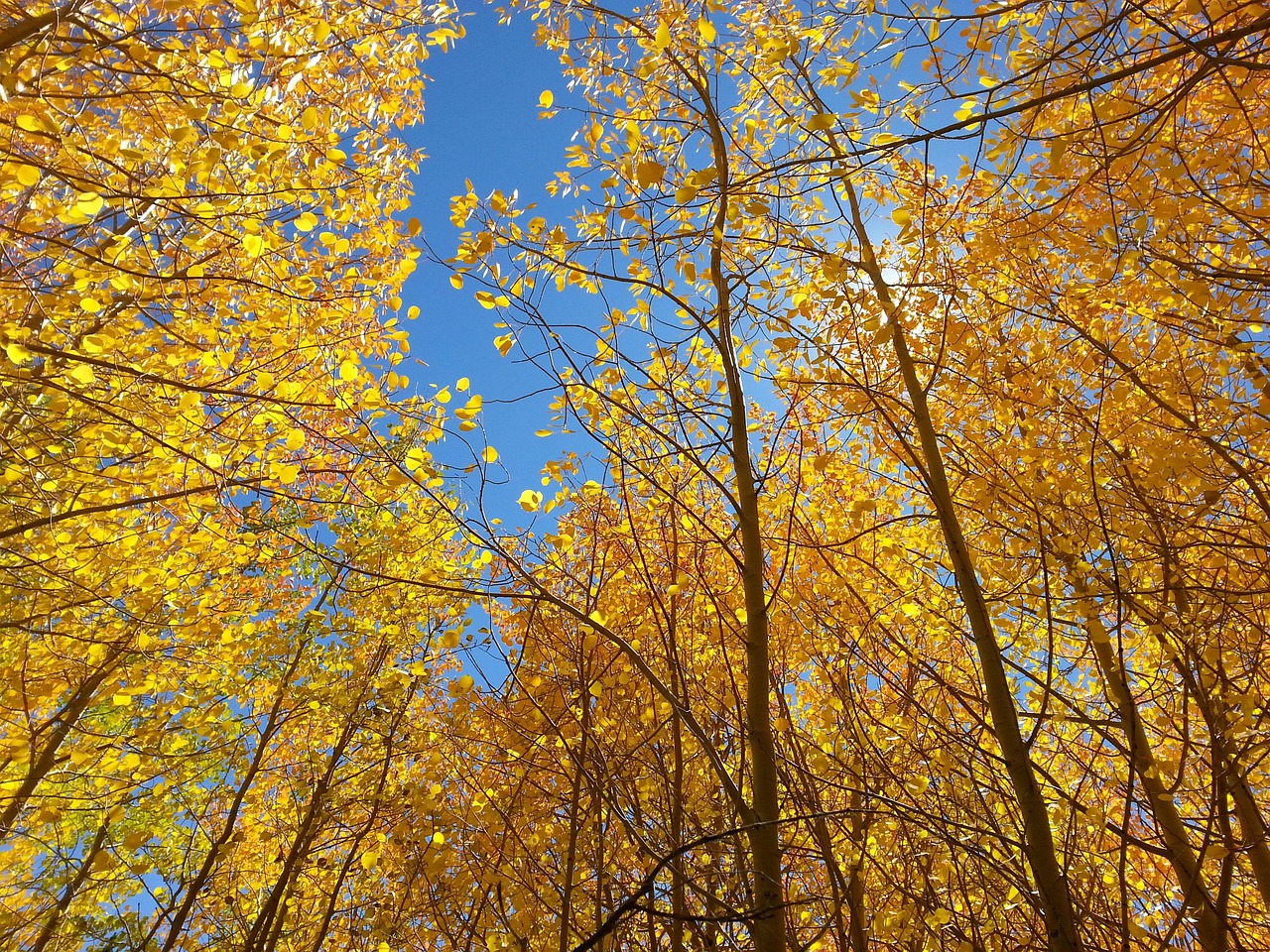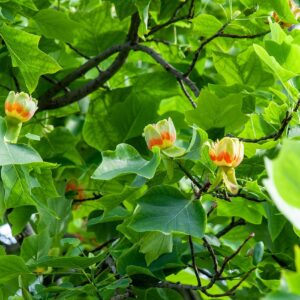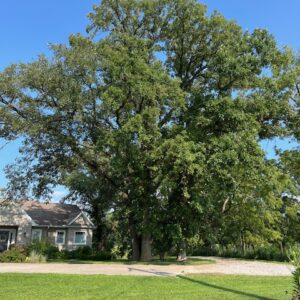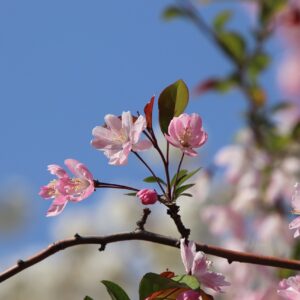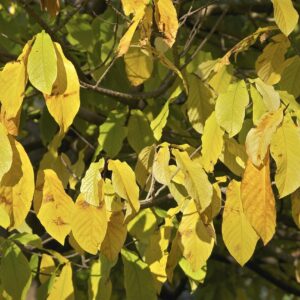Quaking Aspen (Populus tremuloides) – The Tree That Dances in the Wind
Quaking Aspen is a fast-growing, deciduous tree native to North America’s boreal and temperate forests. It is best known for its small, round, fluttering leaves, smooth white bark, and ability to form massive clonal groves. This adaptable species thrives in diverse environments, from mountain slopes to open meadows, making it one of the most widespread tree species in North America.
Leaves: Small, round to heart-shaped leaves, 1 to 3 inches wide, with finely serrated edges. Green in spring and summer, turning brilliant golden yellow in fall. Flattened petioles (leaf stems) cause the leaves to tremble, or “quake,” in the wind.
Bark: Smooth, pale green to white bark, marked with dark horizontal scars and occasional black knots. Does not peel like Paper Birch but retains its smooth texture. Contains chlorophyll, allowing photosynthesis even in winter.
Height & Spread: Grows 40 to 80 feet tall, with a spread of 20 to 30 feet. Narrow, upright form, with an open, rounded crown.
Growth Habit: Fast-growing, adding 2 to 3 feet per year. Short-lived, typically living 50 to 70 years, but regenerates through cloning.
Flowers & Seeds (Catkins): Dioecious species—separate male and female trees. Produces slender, drooping catkins in early spring before leaves emerge. Female trees develop small, cottony seeds, dispersed by wind.
Roots & Clonal Growth: Extensive underground root system, producing suckers that grow into genetically identical trees. Forms massive clonal groves, with some groves being thousands of years old.
Habitat & Range: Native to North America, from Alaska to Mexico and coast to coast. Grows in mountain slopes, meadows, riverbanks, and mixed woodlands. Prefers full sun and well-drained, loamy or sandy soils.
Wildlife Benefits: Leaves and bark provide food for deer, elk, and moose. Beavers use the wood for dams and lodges. Provides habitat for cavity-nesting birds and insects.
Largest Living Organism on Earth: Pando, a clonal colony of Quaking Aspens in Utah, is estimated to be over 80,000 years old and weighs more than 6,000 metric tons, making it the largest living organism by mass.
Leaves “Quake” to Reduce Wind Damage: The flattened petiole allows leaves to flutter and pivot in the wind, reducing stress on branches.
Winter Photosynthesis: Unlike most deciduous trees, Quaking Aspen bark contains chlorophyll, allowing it to photosynthesize even in winter.
Growing Quaking Aspen: Best for reforestation, erosion control, and wildlife-friendly landscapes. Thrives in full sun, needing moist, well-drained soil. Extremely cold-hardy, surviving in temperatures as low as -60°F. Fast-growing but short-lived, with new shoots regenerating from the root system. Spreads aggressively through suckering, making it difficult to control in smaller gardens.

